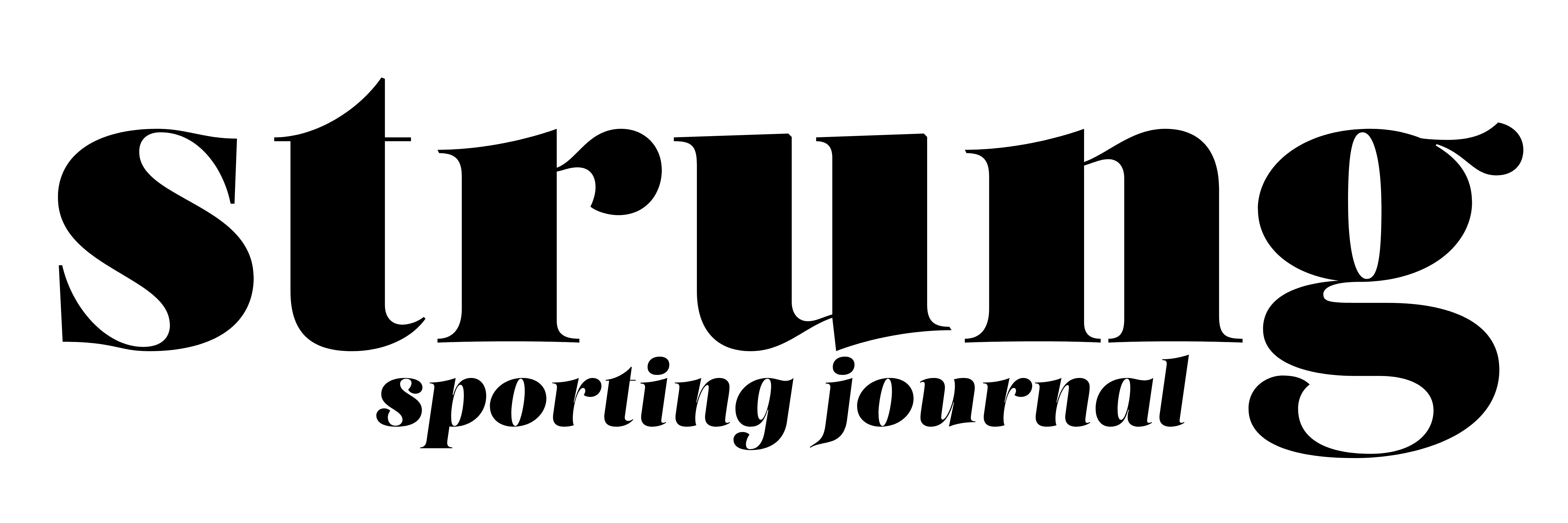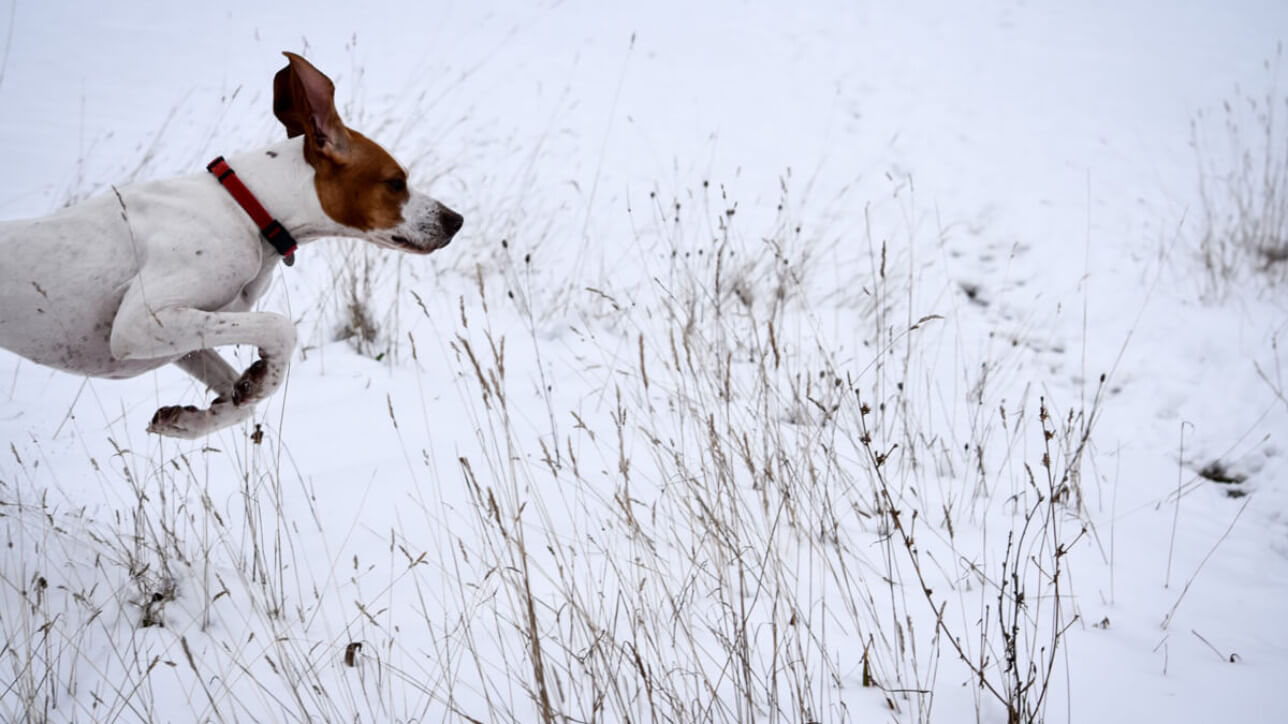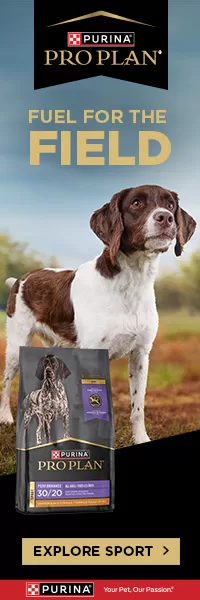Photos & Words by Ryan Sparks
When I was young, I stumbled along tangled fencerows and overgrown waterways trying to keep up with my dad and his pointers, tearing through the cover in the distance. Quail were common then. When the dogs would point, I was too young to carry even a BB-gun, so it was my job to flush them. Like a child anxiously turning the crank of a jack-in-the-box I remember being excited but
also terrified for the explosion of fleeing quail. It surprised me such small birds could leave a rumble in my chest. From those experiences I knew the blur of wings from an early age.
Later, I walked with confident steps alongside my dad, gun in hand, and flushed coveys with boyish joy.
“Slow down,” he would say as we walked together. “Let the dogs work.”
By the time I left Nebraska for graduate school, quail were so rare my dad stopped carrying a gun altogether, satisfied to walk behind the dogs and watch them work. He had a litter of pups that grew up and never found a covey.
When I was old enough, I started carrying a 20-gauge and taking our farm dog, Buddy, along the creek behind our house that led to a patch of woods. The woods, my woods, were typical for southeast Nebraska. Multiflora rose, switchgrass, squirreltail and brome grass intersected plum thickets and ended in a long stand of oaks. Because of their proximity to the winding creek they were never cleared and turned to farm ground. Some farmers would call it “waste ground,” but it’s where I learned to hunt squirrels, rabbits, deer, quail, and pheasants. Our part-lab, part-hound, part-something else farm dog was a perfect companion. Unlike dad’s pointers, Buddy toddled along at an easy pace. He never pointed, but when he flushed something, it was usually within range.
As my enthusiasm for hunting grew, the birds diminished. Every season they became harder to find. Eventually we were lucky to find a single covey in a day. My dad stopped calling it hunting and just asked if I wanted to go for a walk.
There were several reasons for this decline, but more than anything it was the loss of cover. Tile outlets replaced traditional waterways and fences were torn out so farmers could plow from field edge to field edge. A patchwork of habitat was reduced to a few scattered pockets.
With fewer quail around it made them seem more precious. Sometimes they would flush wild several hundred yards away, other times you never saw them get up but suddenly they were sailing down the fence line straight at you. Occasionally, a dog went on point, you walked in, and the world exploded at your feet.
By the time I left Nebraska for graduate school, quail were so rare my dad stopped carrying a gun altogether, satisfied to walk behind the dogs and watch them work. He had a litter of pups that grew up and never found a covey. We thought they were gone, taking our passion for dogs, wing shooting, and the land with them. Then a funny thing happened. Two years into school, my dad called and said he had been hearing quail all spring. His persistence through the drought of birds had given him a hard-earned knowledge of the land, and he knew where the quail would be come fall.
When the first autumn chill arrived, it gave me the same thundering in my chest I had known as a boy standing among upwellings of quail. I drove eighteen hours home to Cass County from Montana, and he showed me isolated patches of cover tucked away where no one else could find them.
Those places, beautiful and now full of memories were a wonderful gift.
A light dusting of snow covered the ground as we walked a cut bean field paralleling a fencerow. His dogs worked with the intensity pointers are known for, their tails bleeding and painting their flanks with red stripes of frozen blood. I felt home on the ever-flowing ground moving past my feet. When Jake, my dad’s oldest male, whirled and pointed he looked like a creature fulfilling his destiny. We were twenty yards back when the covey broke. Dad swung on one of the rocketing forms. It folded its wings at the report of his shotgun and landed with a hollow thud in the bean stubble.
The quail were back.
Since then, opening day has become a way we measure the passing of another year, although we don’t always get to hunt it. Dad needs to get his crops out of the field before he can turn his focus to hunting. I get bogged down with work and life’s little tasks. Still, we find time to walk the fencerows year after year, partly from tradition and partly from a shared love of hunting dogs. The
land is still changing. A hundred years from now it will have transformed beyond my capacity to imagine it. Being around quail as a child, watching them fade away, and then witnessing their resurgence has given me a profound appreciation of what I have in this moment. Knowing they’re a part of the landscape is an immense pleasure.
Hearing quail calling from the brush leading to the woods means that come fall, I’ll be out walking fencerows with dad again—something more meaningful than quail and dogs put together.
Bio:
Ryan Sparks is a full-time outdoor writer and photographer. He writes about and photographs the things he is passionate about: fishing, hunting, wild food, rivers, mountains, dogs. He is the Wild Foods Editor at Strung magazine, Media Editor for American Angler magazine, Senior Contributor to Tail Fly Fishing magazine, and a Senior Contributor at NEBRASKAland. His freelance work has appeared in Gray’s Sporting Journal, The Flyfish Journal, The Drake, MeatEater, and others.


